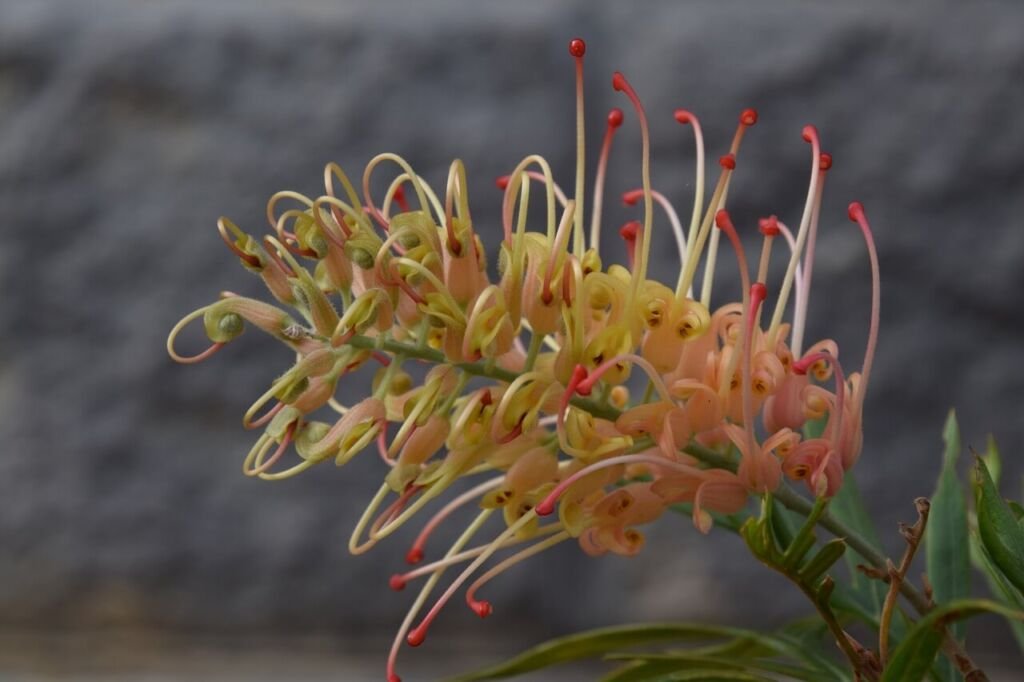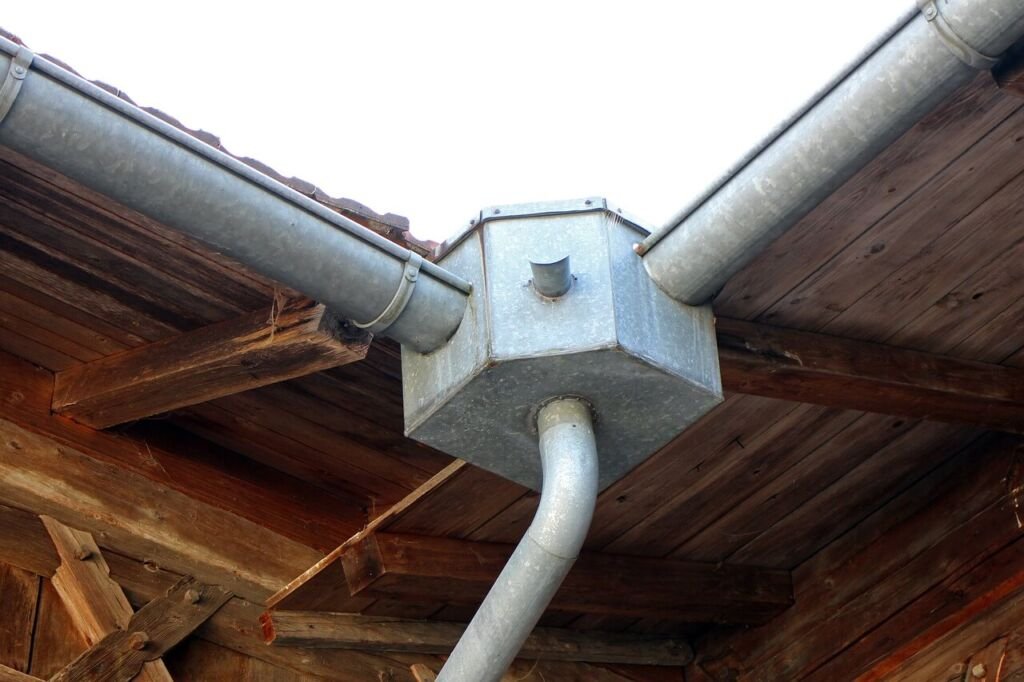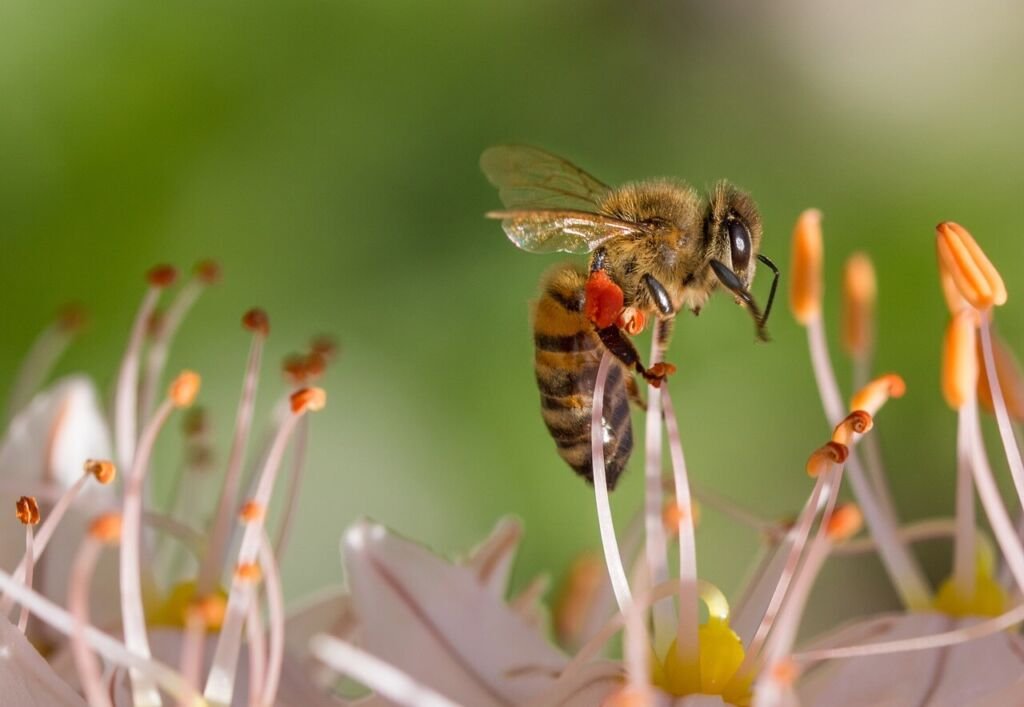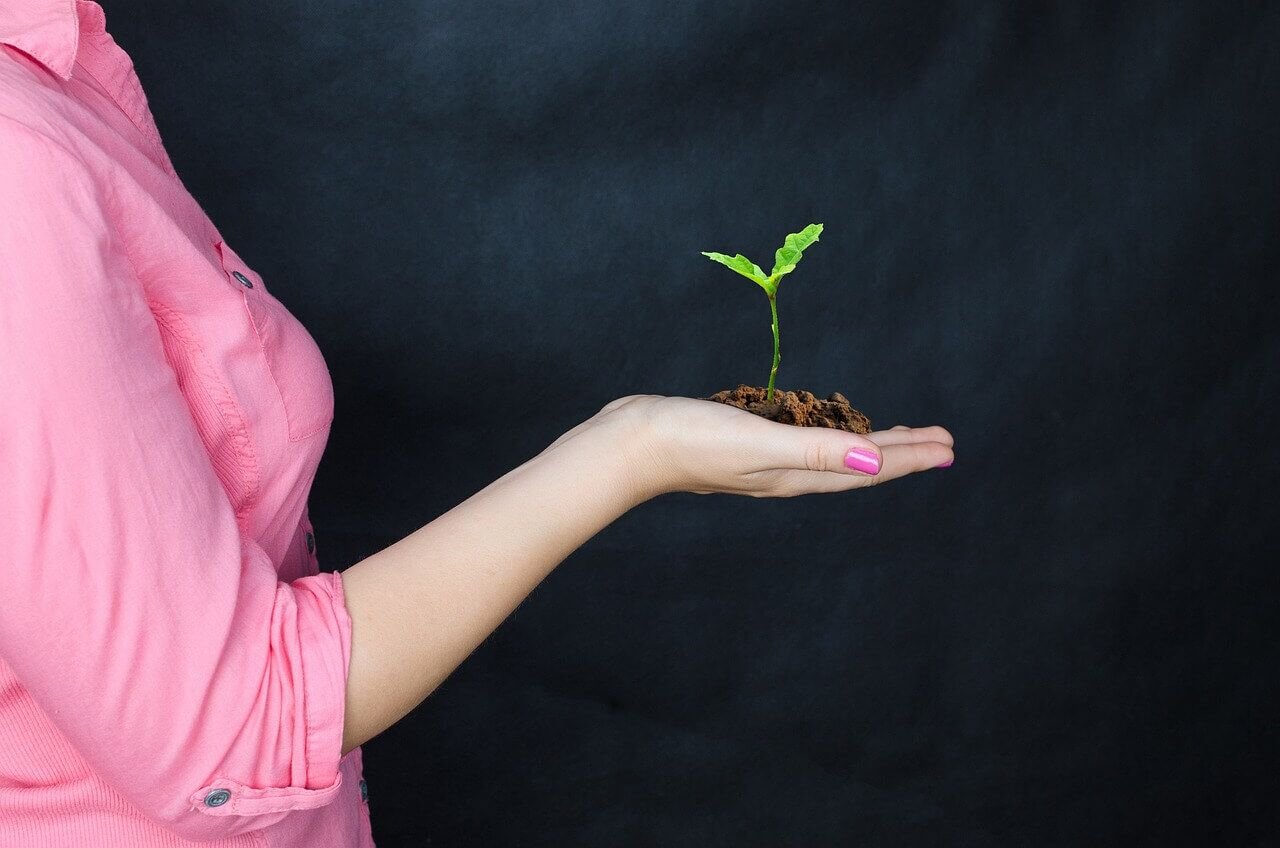Gardening is not only a rewarding hobby, but it can also be a sustainable practice that benefits the environment. Creating a sustainable garden can reduce your environmental footprint and help support the health and well-being of our planet. In this blog post, we’ll explore tips and tricks for creating a sustainable garden, so grab your gardening gloves and let’s get started!
1. Choose Native Plants

Choosing plants that are native to your region can help maintain the natural balance of your local ecosystem. Native plants are adapted to your climate and soil, which means they require less maintenance and are less likely to become invasive.
2. Compost
Composting is a great way to reduce waste and create nutrient-rich soil for your garden. By composting food scraps, leaves, and other organic materials, you can create a healthy soil ecosystem that promotes the growth of your plants.
3. Use Rainwater

Capturing and using rainwater is an effective way to reduce your water consumption and save money on your water bill. You can collect rainwater in a barrel or other container and use it to water your plants during dry periods.
4. Avoid Chemical Pesticides and Fertilizers
Chemical pesticides and fertilizers can harm the environment and the organisms that live in your garden. Instead, try using natural alternatives such as neem oil or compost tea.
5. Incorporate Companion Planting
Companion planting involves planting certain plants together to create a natural pest control system. For example, planting marigolds next to tomatoes can deter pests such as nematodes.
6. Choose Perennials
Perennials are plants that come back year after year, which means you won’t have to replant them every season. This reduces the amount of work and resources required to maintain your garden.
7. Recycle and Reuse
Using recycled materials in your garden is a great way to reduce waste and create a unique look. For example, you can use old pallets to create a vertical garden or use old tires as planters.
8. Introduce Bees and Other Pollinators

Bees and other pollinators are essential for a healthy garden. You can attract bees by planting native flowers and installing a bee house.
9. Consider Organic Gardening
Organic gardening involves using natural methods to grow plants, such as using compost and natural fertilizers. This helps to support the natural ecosystem of your garden and can reduce your exposure to harmful chemicals.
10. Learn About Your Garden
Finally, take the time to learn about your garden and the plants you’re growing. By understanding the needs of your plants and the natural processes in your garden, you can make more informed decisions about how to care for it in a sustainable way.
In conclusion, creating a sustainable garden can benefit both you and the environment. By incorporating these tips and tricks into your gardening practice, you can reduce your environmental footprint and create a healthy, thriving garden that supports the natural world around you.
